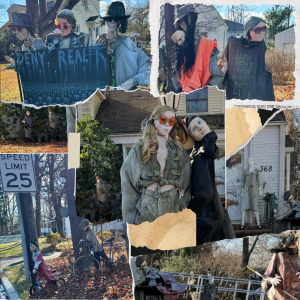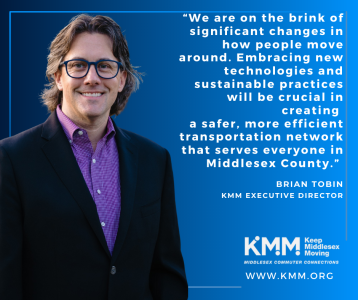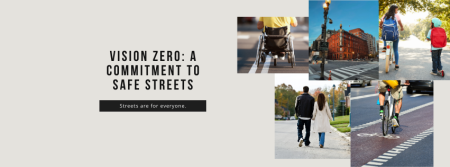The Mannequin House in North Brunswick
Central Jersey exists and it may very well be one of the “weirdest” places in NJ. If you know, you know. Whether you are a Central Jersey believer or in the camp that it is just technically an extension of North Jersey, you have to admit that Middlesex County contains many hidden gems. As a resident of North Brunswick of over 20 years, I can attest that the Mannequin House off of Route 130 is the best that we have, for a number of reasons.
Local artist and bicycling enthusiast, Michael C. was sick of witnessing people speeding off of Route 130, damaging property, hurting themselves and others. As a lifelong North Brunswick resident he wanted people to be able to enjoy this street safely. Beginning with just a few mannequins, his art grew to well over 50 mannequins, in an effort to slow motorists down. The idea was for people to stop and smell the “flowers,” those flowers being his mannequins.
Traffic calming is the ultimate purpose of the mannequin house through the use of tactical urbanism. Tactical urbanism is a fast, cheap, action-oriented approach to making meaningful civic changes to neighborhoods, towns, and cities. Traffic calming is a set of specific measures like traffic circles, speed humps, and lane narrowing, aimed at reducing injuries and or death due to speeding, in order to improve road safety and quality of life.
You might have noticed the mannequin house while driving by, wondering about its uniqueness and the reason behind it. What did you do when you saw it? You slowed down to see all the details of this spooky installment, right? Now, was that pure coincidence because you saw something interesting or was it traffic calming in disguise? Making his street safer has become Michael’s life’s work. With the help of his partner, the themes of these mannequins change periodically so as to not lose the allure that causes people to slow down. According to sources, all of his mannequins are set up to mimic movement in the shadows using chicken wire, giving the illusion of people crossing the street in an effort to slow down drivers.
Over the years this house has helped reduce speeding on Washington Road, and Mr. C., with his passion for traffic safety has given us here at KMM a unique opportunity to witness creative measures to improve safety. This traffic calming device masked as an art installation is a great example of how engaging local creatives and unique thinkers can help us rethink road safety improvements within our communities.
-Izzy Gonzalez, Safe Routes to School Coordiator



